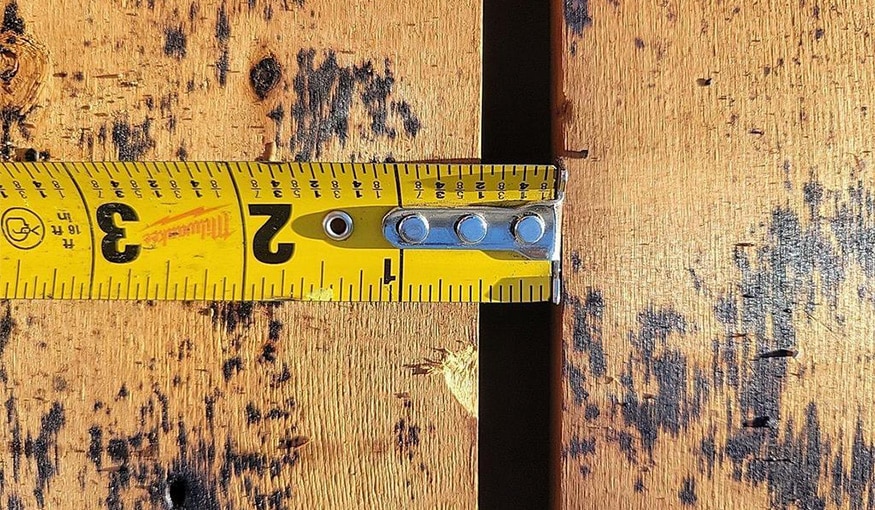Navigating the Insurance Claims Process for Hail- Damaged Roofs
Severe weather events can wreak havoc on homes, causing extensive damage that requires immediate attention and repair. One such weather event is hail, which can cause significant harm to roofs, leading homeowners to file insurance claims (with State Farm, for example) for necessary repairs. Understanding the insurance claims process can help homeowners navigate the intricacies and ensure a smooth restoration of their property. In this blog, we’ll walk you through the steps involved in the insurance claims process for a hail-damaged roof.

1. Weather Event Occurs
The first step is to assess potential damage after the storm has passed. Call Excel Roofing In Denver, Colorado Springs, or Wyoming to schedule an inspection with a Project Manager.
2. Inspection
The Project Manager inspects the roof. There are three possible outcomes of the inspection.
- No Damage: In some cases, the roof might have weathered the hailstorm without any significant damage. That may be because the hail was not big enough to cause any damage, or the homeowner has an impact-resistant roof.
- Hail Damage: The roof may exhibit signs of damage caused by the hail, such as dents, cracks, granule loss, or broken shingles.
- Unclaimable Damage: The roof may not have enough hail damage to file a claim, the damage is wear and tear, or the damage is old hail damage.
3. Filing the Insurance Claim
If hail damage is confirmed by the Project Manager, the homeowners can proceed to contact their insurance company and initiate the claims process. They’ll need to provide information about the extent of the damage and the inspection report, which may include photos.
4. Adjuster Appointment
After filing the claim, the insurance company assigns an adjuster to assess the damage. The Project Manager who originally inspected the roof will meet the adjuster at the property to discuss the findings.
5. Adjuster Writes the Estimate
The adjuster evaluates the damage and writes an estimate. This estimate is often created using industry-standard software, with about 80 percent of insurance companies using Xactimate and the other 20 percent using Symbility.
6. Choosing a Contractor
Following the estimation, the homeowner needs to send the insurance paperwork to their Project Manager, along with the adjuster’s estimate.
7. Project Manager Review
The Project Manager will review the insurance paperwork and adjuster’s estimate. There are two potential outcomes:
- Adequate Insurance Bid: The insurance estimate is sufficient to cover the replacement cost, and work can commence accordingly.
- Supplement Required: In some cases, the contractor might find that the insurance estimate is insufficient to cover the full roof and will need to submit a supplement to the insurance company.
8. Submission of Supplement
If a supplement is needed, the Project Manager submits the additional documentation, including updated estimates through Xactimate, relevant county codes, pictures, and other supporting materials.

9. Supplement Approval
The insurance company reviews the supplement request and either approves or denies it based on the provided documentation.
10. Roof Replacement
Once the estimates are approved, the Project Manager proceeds with the roof replacement as outlined in the estimate.
11. Invoice Submission
Upon completing the roof replacement, Excel will send an invoice to the insurance company detailing the work done and the associated costs.
12. Depreciation Release
After reviewing the invoice and ensuring the roof replacement meets the policy terms, the insurance company releases the depreciation amount.
13. Receiving Payment
With the depreciation released, the homeowner receives the final payment from the insurance company, and Excel collects the checks from the homeowner.





